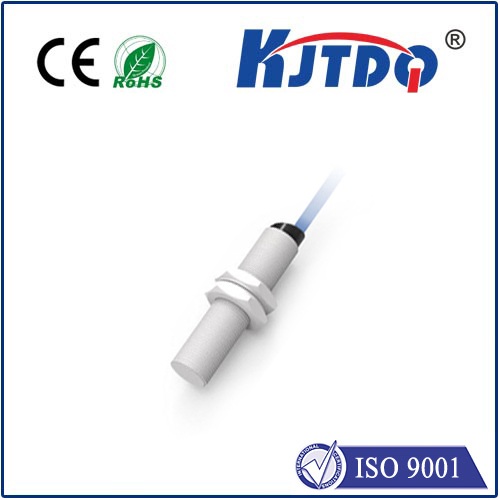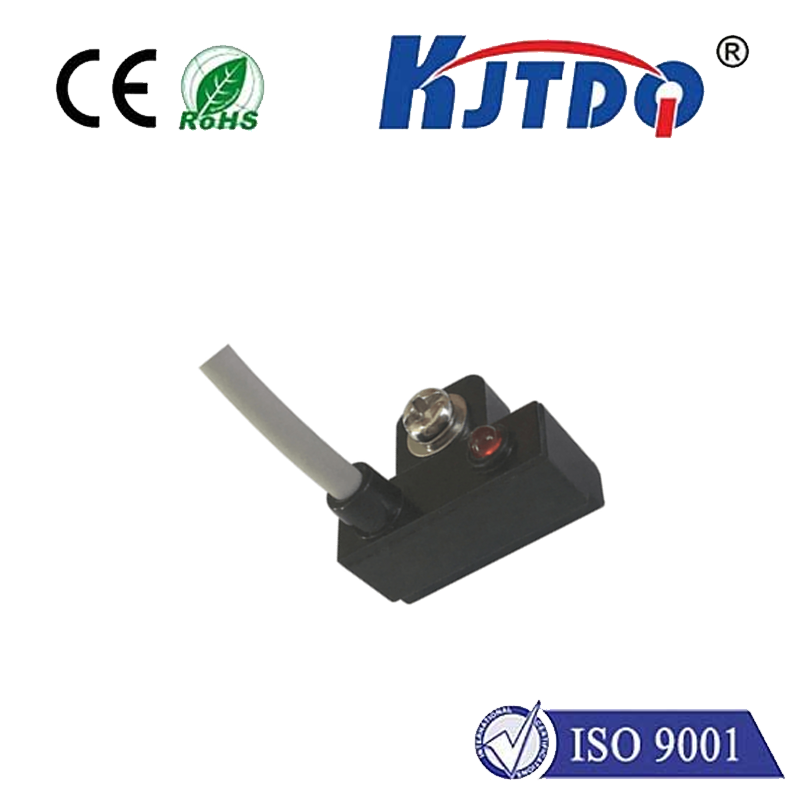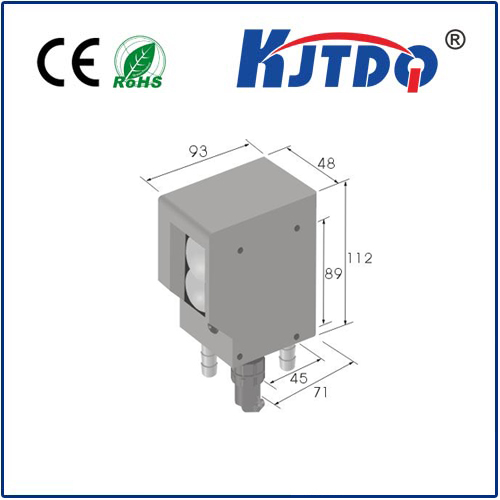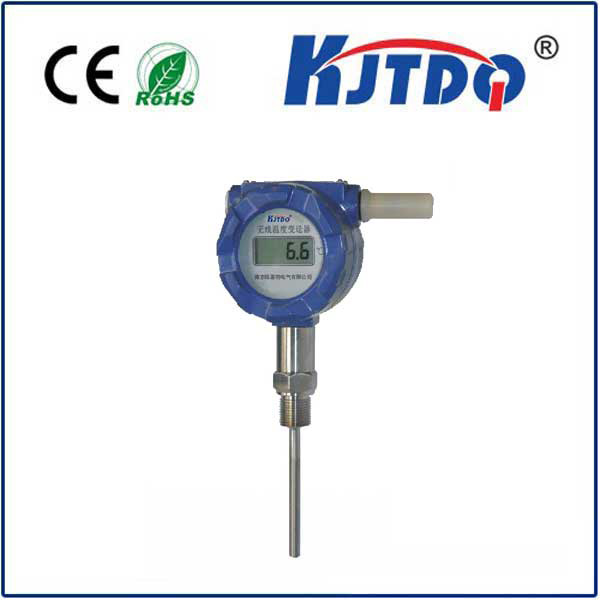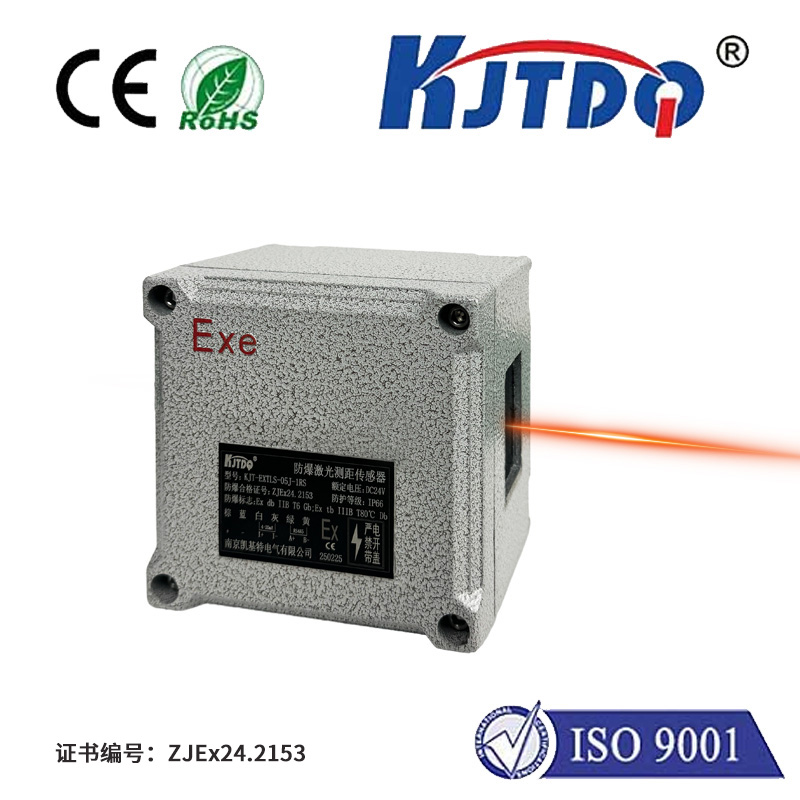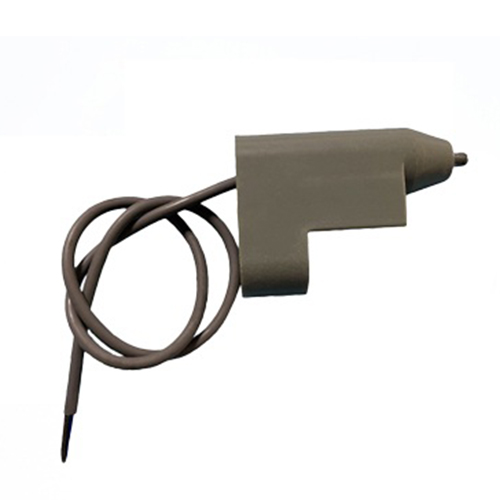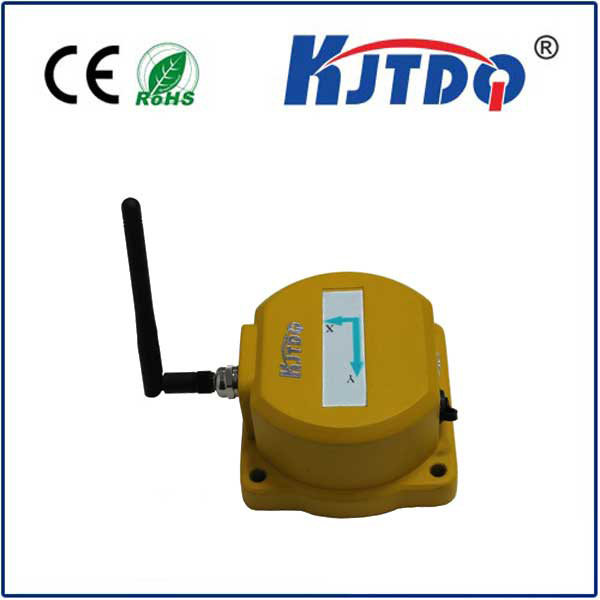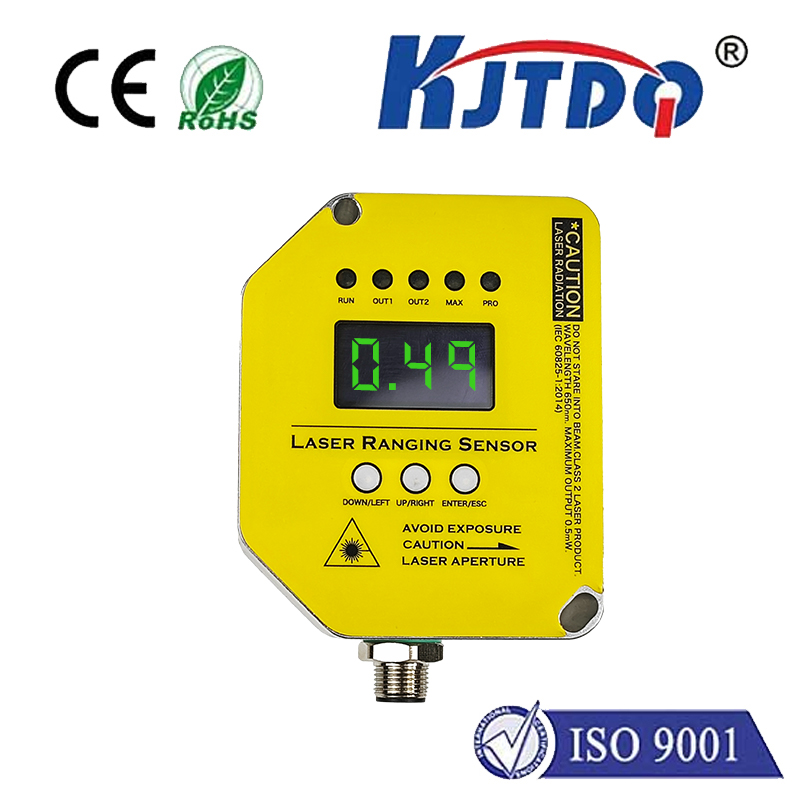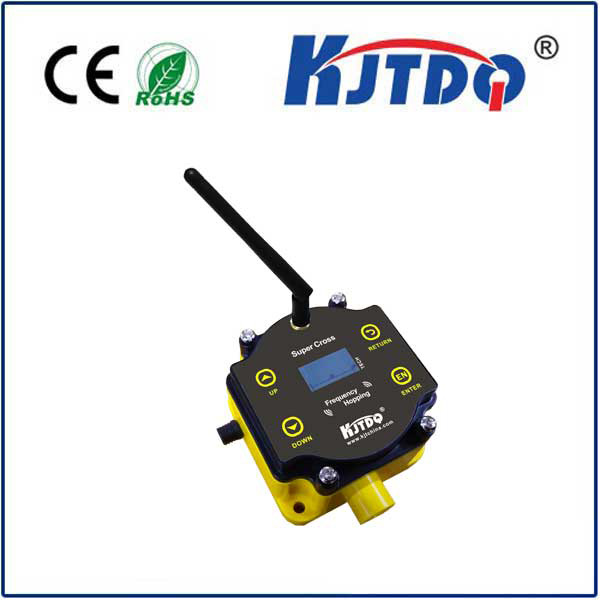лазерный датчик для измерения толщины
- time:2025-08-28 01:46:00
- Нажмите:0
Laser Sensors for Thickness Measurement: Precision and Efficiency Redefined
Imagine a production line where material thickness is monitored continuously, down to the micrometer, without ever touching the product. This isn’t science fiction; it’s the everyday reality made possible by advanced laser sensors. In industries where material thickness is a critical quality parameter – from paper and plastics to metals, glass, and rubber – laser thickness sensors have become indispensable tools, offering unparalleled non-contact measurement capabilities that drive quality, efficiency, and cost savings.
Beyond Calipers: The Non-Contact Advantage
Traditional methods like mechanical calipers or micrometers, while familiar, suffer significant limitations, particularly in modern high-speed manufacturing. Contact-based tools can damage delicate surfaces, introduce measurement errors due to pressure application, and simply cannot keep pace with rapid production lines. They also only provide spot checks, leaving vast sections of material unmonitored.
Laser thickness sensors overcome these hurdles entirely. By employing focused beams of light, these sensors measure the thickness of a target material without any physical contact. This fundamental principle unlocks a multitude of benefits:
- No Surface Damage: Essential for measuring sensitive films, coated products, soft plastics, or finished goods where even the slightest scratch is unacceptable.
- High-Speed Capability: Laser measurements occur in microseconds, making them ideal for real-time monitoring on fast-moving production lines, capturing every fluctuation.
- Exceptional Accuracy & Repeatability: Modern laser triangulation sensors consistently achieve micrometer-level precision (µm) or better, providing reliable data for tight quality control tolerances.
- Continuous Profiling: Unlike spot checks, laser sensor systems (often configured in pairs above and below a material web) provide 100% coverage, generating a complete thickness profile across the entire width and length of the material.
- Versatility Across Materials: Capable of measuring diverse materials – opaque (metals, rubber, thick plastics) and even some transparent or semi-transparent ones (thin films, glass) using specialized configurations – making them incredibly adaptable.
How Laser Thickness Gauges Work: The Core Principle

The dominant technology for this application is Лазерная триангуляция. Here’s the simplified workflow for a typical dual-sensor thickness measurement system:
- Emission: Two highly focused laser diodes (one above the material, one below) project a small, intense light spot onto the target surfaces.
- Reflection: The light diffusely reflects off the material surfaces.
- Detection: Position-Sensitive Detectors (PSDs) or advanced CMOS/CCD sensors within each sensor unit capture the angle of the reflected light.
- Triangulation Calculation: Using the known baseline distance between the laser source and the detector, and the angle of the reflected beam, the sensor’s integrated processor calculates the precise distance from the sensor head to the material surface.
- Thickness Calculation: A central controller receives the distance measurements from both the top and bottom sensors. The system then subtracts these two distance values from the known, fixed distance between the two sensor heads:
Thickness = (Fixed Gap Distance) - (Upper Sensor Distance) - (Lower Sensor Distance). This calculation yields the material thickness directly at that specific point.
- Real-Time Output: The calculated thickness, along with position data (if scanning), is output continuously for real-time monitoring, process control (e.g., adjusting rollers), alarming, and data logging.
Where Laser Thickness Shines: Key Applications
The accuracy and non-contact nature of laser thickness sensors make them vital across numerous sectors:
- Rolling Mills (Metal, Plastics, Rubber): Monitoring sheet metal, plastic films, rubber sheets, textiles, and non-wovens during production for consistent gauge control. Crucial for preventing costly rejects and ensuring material meets specifications.
- Paper Manufacturing: Precise measurement of paper, board, and tissue thickness across the entire web is fundamental for quality, weight control, and customer satisfaction.
- Glass Production: Measuring the thickness of flat glass, automotive glass, and display glass during forming and finishing processes requires high precision without contact.
- Extrusion Lines (Plastics, Rubber): Continuous monitoring of extruded profiles, pipes, tubes, and sheets ensures dimensional stability and minimizes material waste. Real-time feedback allows for instant process adjustments.
- Battery Electrode & Separator Manufacturing: Ultra-precise control of coating thickness on foils is critical for battery performance, safety, and yield. Laser sensors provide the necessary high-resolution data.
- Quality Control Labs: Replacing manual tools for faster, more accurate, and auditable thickness verification of samples and finished goods.
Essential Considerations When Choosing a Laser Thickness Sensor
Selecting the right laser sensor for thickness measurement involves evaluating several critical features:
- Measurement Range & Standoff Distance: Ensure the sensor can handle the expected material thickness variations and operates effectively at the required distance from the target.
- Accuracy & Resolution: Define the necessary level of precision (e.g., ±0.1 µm, ±1 µm, ±10 µm) based on product tolerances and quality requirements.
- Spot Size & Laser Class: A smaller spot size allows for measuring thinner features or sharper edges. Ensure the laser class (typically Class 2) is safe for the operating environment.
- Material Properties: Consider surface colour (dark surfaces absorb more light), reflectivity, transparency, and texture, as these can impact signal strength and require specific sensor settings or models.
- Environmental Factors: Assess vibration, dust, temperature fluctuations, and ambient light conditions. Choose sensors with robust housings (IP ratings) and stability features suitable for the harshness of the factory floor.
- Outputs & Integration: Verify compatibility with existing PLCs, SCADA systems, or data loggers (common outputs: analog 4-20mA/0-10V, digital RS232/RS485, Ethernet).
- Scanning Capability (Optional): For profiling across a web width, a scanning system where sensors move laterally is essential.
- Software & Data Handling: User-friendly software for calibration, configuration, visualization of thickness profiles, statistical process control (SPC), and alarming is vital for effective utilization.
The Future: Smarter, Faster, More Integrated
Laser thickness sensor technology is continuously evolving. We are seeing trends towards:
- Higher Speeds & Resolutions: Enabling measurement on ever-faster production lines and thinner, more complex materials.
- Enhanced Multi-Layer Capability: Improved algorithms for measuring individual layers within laminated or coated materials.
- Integration with AI & Machine Learning: Using vast datasets for predictive maintenance, automatic process optimization, and advanced defect detection beyond simple thickness variation.
- Smaller, More Robust Designs: Facilitating installation in tight spaces and further improving resistance to challenging industrial environments.
Embrace Unmatched Precision
In the relentless pursuit of quality, efficiency, and cost control, laser sensors for thickness measurement represent a quantum leap beyond outdated contact methods. Their non-contact operation, blistering speed, and micrometer-level accuracy provide manufacturers with the real-time insights needed to ensure consistent product quality, minimize waste, optimize processes, and maintain a competitive edge. As technology continues to advance, the critical role of laser thickness gauging in shaping the future of industrial manufacturing becomes ever more apparent.

